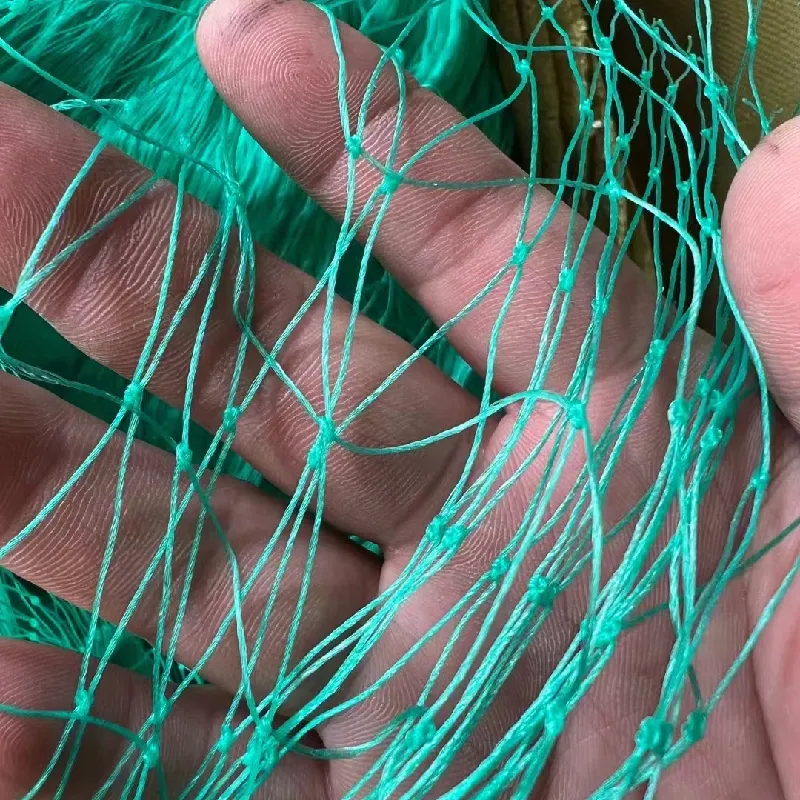-
 Afrikaans
Afrikaans -
 Albanian
Albanian -
 Amharic
Amharic -
 Arabic
Arabic -
 Armenian
Armenian -
 Azerbaijani
Azerbaijani -
 Basque
Basque -
 Belarusian
Belarusian -
 Bengali
Bengali -
 Bosnian
Bosnian -
 Bulgarian
Bulgarian -
 Catalan
Catalan -
 Cebuano
Cebuano -
 China
China -
 Corsican
Corsican -
 Croatian
Croatian -
 Czech
Czech -
 Danish
Danish -
 Dutch
Dutch -
 English
English -
 Esperanto
Esperanto -
 Estonian
Estonian -
 Finnish
Finnish -
 French
French -
 Frisian
Frisian -
 Galician
Galician -
 Georgian
Georgian -
 German
German -
 Greek
Greek -
 Gujarati
Gujarati -
 Haitian Creole
Haitian Creole -
 hausa
hausa -
 hawaiian
hawaiian -
 Hebrew
Hebrew -
 Hindi
Hindi -
 Miao
Miao -
 Hungarian
Hungarian -
 Icelandic
Icelandic -
 igbo
igbo -
 Indonesian
Indonesian -
 irish
irish -
 Italian
Italian -
 Japanese
Japanese -
 Javanese
Javanese -
 Kannada
Kannada -
 kazakh
kazakh -
 Khmer
Khmer -
 Rwandese
Rwandese -
 Korean
Korean -
 Kurdish
Kurdish -
 Kyrgyz
Kyrgyz -
 Lao
Lao -
 Latin
Latin -
 Latvian
Latvian -
 Lithuanian
Lithuanian -
 Luxembourgish
Luxembourgish -
 Macedonian
Macedonian -
 Malgashi
Malgashi -
 Malay
Malay -
 Malayalam
Malayalam -
 Maltese
Maltese -
 Maori
Maori -
 Marathi
Marathi -
 Mongolian
Mongolian -
 Myanmar
Myanmar -
 Nepali
Nepali -
 Norwegian
Norwegian -
 Norwegian
Norwegian -
 Occitan
Occitan -
 Pashto
Pashto -
 Persian
Persian -
 Polish
Polish -
 Portuguese
Portuguese -
 Punjabi
Punjabi -
 Romanian
Romanian -
 Russian
Russian -
 Samoan
Samoan -
 Scottish Gaelic
Scottish Gaelic -
 Serbian
Serbian -
 Sesotho
Sesotho -
 Shona
Shona -
 Sindhi
Sindhi -
 Sinhala
Sinhala -
 Slovak
Slovak -
 Slovenian
Slovenian -
 Somali
Somali -
 Spanish
Spanish -
 Sundanese
Sundanese -
 Swahili
Swahili -
 Swedish
Swedish -
 Tagalog
Tagalog -
 Tajik
Tajik -
 Tamil
Tamil -
 Tatar
Tatar -
 Telugu
Telugu -
 Thai
Thai -
 Turkish
Turkish -
 Turkmen
Turkmen -
 Ukrainian
Ukrainian -
 Urdu
Urdu -
 Uighur
Uighur -
 Uzbek
Uzbek -
 Vietnamese
Vietnamese -
 Welsh
Welsh -
 Bantu
Bantu -
 Yiddish
Yiddish -
 Yoruba
Yoruba -
 Zulu
Zulu
Choosing the Right Bolting Cloth for Effective Screen Printing Techniques
Understanding Bolting Cloth for Screen Printing
Bolting cloth, often referred to as a mesh screen, is a crucial component in the screen printing process. This fabric, typically made of polyester or nylon, is used to create printable screens that allow ink to pass through in a controlled manner, enabling high-quality prints on a variety of substrates. The choice of bolting cloth can significantly impact the quality of the final product, making it essential to understand its characteristics and appropriate applications.
What is Bolting Cloth?
Bolting cloth is a finely woven mesh that serves as the medium through which ink is applied onto the printing surface. The mesh is characterized by its thread count (measured in threads per inch) and the diameter of the threads used. These two factors dictate the mesh's openness, which influences the amount of ink that can pass through during the printing process. The finer the mesh, the less ink it allows through, making it ideal for detailed designs, while coarser meshes are suitable for bold graphics and larger ink deposits.
Types of Bolting Cloth
There are various types of bolting cloth, and selecting the right one depends on the printing application. Common types include
1. Polyester Mesh This is the most popular material due to its durability, resistance to chemicals, and minimal stretch characteristics. It maintains its dimensions well, providing consistent print quality over time.
2. Nylon Mesh Offering more elasticity, nylon mesh is often used for applications requiring flexibility. However, it can degrade faster than polyester when exposed to aggressive inks and solvents.
bolting cloth for screen printing

3. Stainless Steel and Other Metals In some cases, metal mesh is employed for specific industrial applications. While they offer durability and high precision, they are less common in traditional screen printing.
Choosing the Right Thread Count
The thread count of bolting cloth ranges from very coarse (e.g., 40 mesh) to very fine (e.g., 305 mesh). For screen printing
- Low Mesh Counts (40-110) Suitable for thicker inks and designs that require bold, vibrant colors such as textiles or posters. These are typically used for garments, especially in the apparel industry.
- Medium Mesh Counts (110-230) These are versatile and can be used for a variety of applications, including printing on paper and light fabrics. They balance ink deposit and detail.
- High Mesh Counts (230-305) Ideal for intricate designs and fine lettering, utilizing detailed artwork or halftones. The tighter weave allows for precise ink control but requires more careful handling to avoid clogging.
Conclusion
In conclusion, bolting cloth is a fundamental element in screen printing, influencing the quality and precision of the final print. By understanding the types of bolting cloth available and how to choose the appropriate thread count, printers can optimize their workflow and achieve the desired results. Selecting the right mesh not only enhances the visual appeal of printed materials but also ensures efficiency and sustainability in the printing process. Whether you’re printing on fabric, paper, or other substrates, the right bolting cloth can make all the difference.
-
Shipping Plastic Bags for Every NeedNewsJul.24,2025
-
Safety Netting: Your Shield in ConstructionNewsJul.24,2025
-
Plastic Mesh Netting for Everyday UseNewsJul.24,2025
-
Nylon Netting for Every UseNewsJul.24,2025
-
Mesh Breeder Box for Fish TanksNewsJul.24,2025
-
Expanded Steel Mesh Offers Durable VersatilityNewsJul.24,2025











